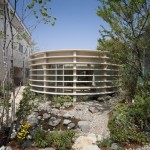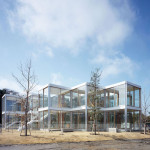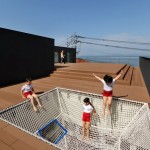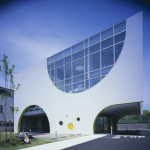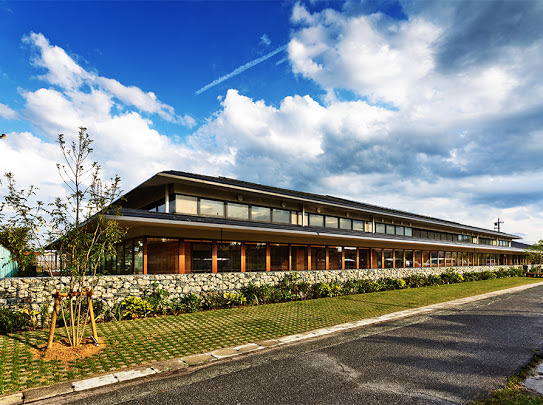
How do you design an institution for early learning that fosters respect for nature and a deep sense of community? Just ask Hibino Sekkei; they’ve been thinking about it a lot. Lead architect Taku Hibino and his firm specialize in the design and construction of learning facilities for early education. And one of their latest works is a renovation project called YM Nursery, located in Tottori prefecture.

Hibino took some bold steps to overhaul the previous nursery, which was conservative and traditional in its design. Despite being in a location that had both the sea and forests, children were closed off to all of it. In addition, Hibino is a proponent of fostering learning from our 5 senses. Children, probably more than any other time in their lives, absorb information not only from sight but from touch, smell and hearing. This belief goes on to inform each and every one of Hibino’s design decision.
The first thing many will notice about the new nursery is how open it is. Yards, courtyards and sliding doors allow the space to blend the indoors and outdoors. Interestingly, this became a point of contention that highlighted some of the differences between Japan and other countries when it comes to early education design. At a Japanese domestic architectural awards event, YM Nursery was criticized by the judges for being too open, which they found confusing. However, at the World Architectural Festival, a panel of international judges lauded the design for that exact characteristic, and the design won best in its category:
The YM Nursery demonstrates huge sensitivity to the experience of young children, from the organisation of the building as an open pavilion, to the use of wood, stone, fire and water.
World Architectural Festival

Beyond the overall design, the selection of materials also played an important role in the building. A combination of wood, stone, metal and textiles help foster development but also a sense of community. Almost all the materials were sourced locally, providing an opportunity for children to learn about the species of wood in their environment, and the types of craft in their community. Class signs are made from Yumihama Gasuri, a traditional local fabric, while the stainless steel toilet partitions are inspired by the traditional pottery in this area, Kugogama.
The beautiful and calm attention to detail makes me wish I could send my children here.











